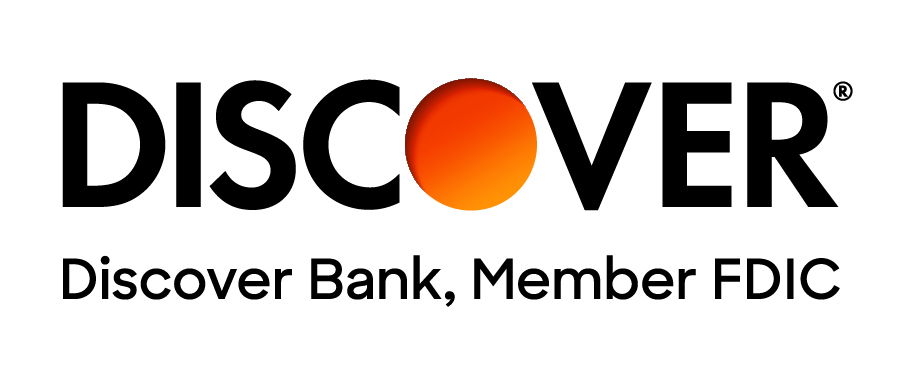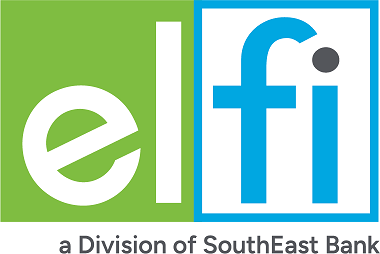If scholarships, grants, and other financial aid don’t fully cover your college costs, private student loans can help fill the gap. These loans are available through banks, credit unions, and online lenders. While their interest rates might be comparable to or higher than federal loans, they typically offer fewer safeguards. To ensure you find a loan with terms that suit your situation, take the time to thoroughly compare your options before making a choice.
When you are looking to get a loan, there are several important considerations to keep in mind:
Review your credit score, as it is one of the most important factors that lenders consider when approving financial requests and will impact your interest rate offered to you.
Have an understanding of the interest rate you may be paying on the loan. This will determine how much the loan ultimately will cost you.
Repaying the loan. You should make sure that you have enough income coming in to cover the potential loan payments.
Credit Score
Your credit score plays a crucial role in loan approvals, especially for private student loans. This score, influenced by various elements including your credit history and FICO® score, directly affects the interest rates you're offered. In essence, individuals with strong credit scores are often rewarded with better loan terms, including lower interest rates.
When assessing your eligibility for a loan, lenders don't just look at your credit score in isolation. They also take into consideration your payment history, your current levels of debt, and your overall financial health. Demonstrating responsible debt management is key. A good credit score serves as a reassurance to lenders that you're capable of handling the financial responsibility of a loan and will repay it in a timely manner. It's this level of trust that can make all the difference in not only being approved for a loan but in securing terms that are financially advantageous.
Interest rates
Interest rates are the rate of return lenders charge for borrowing money. Lenders offer fixed rates that will remain static and unchanging over the course of the loan, or variable rates where the rate may fluctuate with market conditions. Interest is an important consideration because it will determine how much you ultimately pay for the loan. Ideally you want the interest to be as low as possible.
Repayment options
There are a variety of different repayment options for private student loans and will vary by lender. The most common options include full repayment, interest-only payments, deferred repayment, and graduated repayment. A full repayment means you make a fixed monthly payment towards the principal and interest, while interest-only payments require you only make the monthly interest payment for an agreed upon period before making regular monthly payments. Deferred repayments put your payments put on a temporary hold, most likely while you are enrolled in school at least half-time or more. Graduated payments start lower and increase over time giving the borrower time to adjust to this new debt.
Eligibility criteria
While every private loan is different and there are a variety of eligibility criteria, generally there are certain credit and financial levels you should meet. These criteria will also help financial institutions determine your interest rates and what repayment plans are available to you.
Generally, lenders will consider the following factors:
• Your income
• Debt-to-income ratio
• Credit score
• Employment history
You may also be required to have a cosigner to qualify for the loan.
How to Get a Private Student Loan
1. Finding a lender
When it comes to finding a private student loan, many large banks, credit unions, and other financial institutions have some kind of student loan. You can also contact your school’s financial aid office or ask family and friends for recommendations.
When comparing lenders, consider factors such as interest rates, repayment terms, fees, and other costs that may pop up during your time with the loan. Also read the fine print of any loan agreement before signing it and understand the full extent of the loan’s terms and conditions. It’s important you understand what is expected of you once your loan enters repayment.
Check out our suggested lender list if you need some help finding a lender!
2. Application process
While exact requirements vary by lender, the overall process for applying for a private student loan is generally similar. Typically the application process involves gathering necessary documents and information, filing out an application form, receiving a credit decision and signing the loan agreement. You can expect to provide evidence of income (such as pay stubs or tax returns), employment history, driver’s license, and other forms of identification.
Depending on your lender and application, a student loan application can be completed in as little as 15 minutes or if it is more complex, it can take several days. If you have all necessary documents and information on hand, you can streamline the application process.
3. Loan disbursement
Private student loans are typically disbursed directly to the school in one of two methods—either as a lump sum at the beginning of the academic year or as multiple payments at the beginning of each term.
Managing private student loan debt
Student loan debt can be daunting but being smart and understanding how to manage your debt can help you stay in control. One idea to reduce interest cost is by making extra payments whenever possible or splitting your loan payments up and make a payment every two weeks. You will come out ahead each year and your loan will be paid off sooner.
Look into refinancing options or consolidation plans to potentially reduce monthly payments or get better interest rates on the loan. If you have federal loans, understand that if you decided to refinance, you may lose access to benefits such as a variety of repayment payment plans and the ability to change repayment plans.
Refinancing options
When you refinance a loan, it means you are taking out a new loan to pay off the existing one. This new loan will usually have different terms than the original loan, including a different interest rate and repayment period. This can be beneficial as it can help you lower your interest rate or monthly payment.
When you choose to refinance, there are traditional lenders or online-only lenders you can choose from. You will likely have both fixed and variable rates to choose from, as well as terms ranging from 5 to 20 years. Some lenders may offer different incentives, such as an interest rate discount if you sign up for auto payments or possibly no application or origination fees.
Loan forgiveness
When it comes to loan forgiveness, private student loans typically do not have loan forgiveness programs. Loan forgiveness programs are usually only available for federal student loans. If you are having trouble in making your monthly payments, reach out to your lender as they may be able to offer additional assistance. Contact your lender directly to find out what options may be available to you.





















